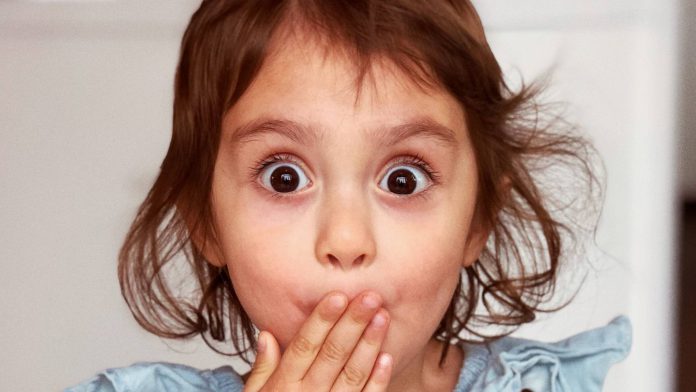Baby bottles are a must for every baby and it’s quite normal to see them hugging or holding one at all times (except maybe if they’re exclusively breastfed). However, the expectation is that as they grow older, they’ll transition out of it and instead use sippy cups or even cups. But not all toddlers can easily let go of their bottles just like that. If your child is one of those bottle-toting kiddos, then here’s a quick guide for you.
When do I need to wean my child off the baby bottle?
Pediatricians recommend that you should start weaning your child off baby bottles when he’s around 18 months old. Ideally, this is the time when he’s old enough to understand the switch, yet young enough to easily let it go without fuss. Plus, most babies will already have the coordination and hand skills needed to hold a cup and drink from it at around 12 months.
If you’re breastfeeding, you can still offer your breastmilk to your child in a cup.
Are there risks to extended bottle feeding?
The more your child drinks from a bottle, the bigger his risk is for tooth decay, as toddlers have the tendency to bring their bottle around sipping as they go, unlike babies who have a definite start and end time on the bottle. Therefore, bottle-drinking kids are potentially coating their teeth constantly with liquid – and if it’s not water, might contain acid which can then lead to cavities.
At the same time, bottle-drinking kids tend to drink more than what they need making them full, which could lead them to miss out on mealtimes and the vital nutrients that they can get from solid food.
How can I wean my toddler off the bottle?
- Start thinking and preparing for the transition when he’s around 9 months old.
- Check if your baby is ready for a sippy cup. The things to consider include: Can your baby sit up on his own? Can he hold his head up without help? Does he open his mouth for a spoon? If you answered yes to all, then he’s ready for a sippy cup.
- Introduce him to a sippy cup. You can familiarize your baby to a sippy cup by showing how it works, such as putting the spout on his lips or dribbling a bit of water or milk on his lips to show him that it’s for drinking. You can also allow him to play with it in the bath or at another time.
- Replace one feed per day with a sippy cup. You can then increase the number of feeds until all his drinks are taken from the sippy cup. You can also make the transition easier for him by feeding him with the sippy cup in the same way as if you’re feeding him with a bottle. You can do it in his favorite position or even cuddle him.
- Encourage them to use a sippy cup and say goodbye to the bottle since they are growing up. Remember to praise him and even make a big deal every time he drinks from the sippy cup. When it’s time for a feed, you can also let him choose his own sippy cup or an alternative healthy snack.
Remember: if your child uses bottles to self-soothe, ensure that he has another security item with him during his usual feeds (and when he uses a sippy cup), such as a favorite toy, teddy, or blanket.
Other tips to consider:
- Heap on praise whenever he uses a sippy cup, emphasizing how much of a big boy (or girl) he is.
- If he keeps asking for a bottle, ask and find out what he really needs or wants and offer that instead. If he’s hungry, offer a healthy snack on a plate or cup. If he’s bored, play and bond with him.
- Get rid of all your bottles or put them out of his sight.
Remember, there’s no “strict” timeline about this. So relax and follow your child’s lead.
And once he “graduates” from the bottle, make a big show of bidding it goodbye and shower him with congratulatory kisses!
Happy cup-feeding, mama!
References: KidsHealth, The Tot
Join our MomCenter Community on our Facebook page and Facebook group for more insights on motherhood and parenting.





